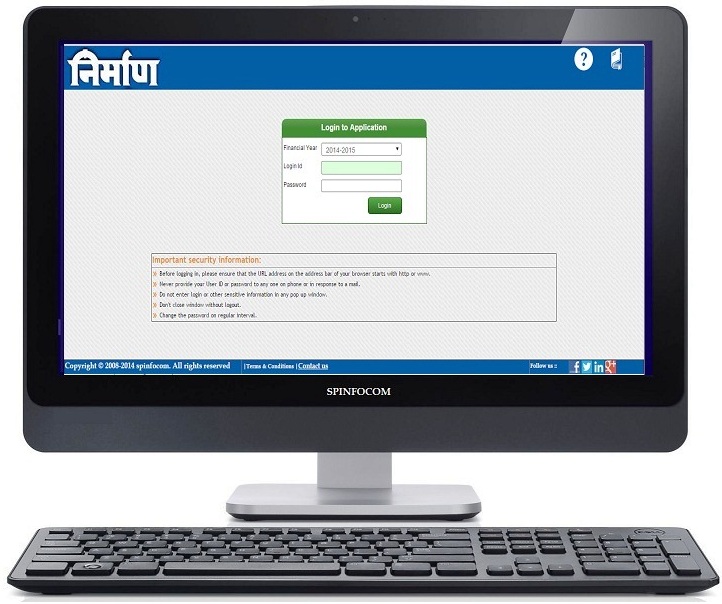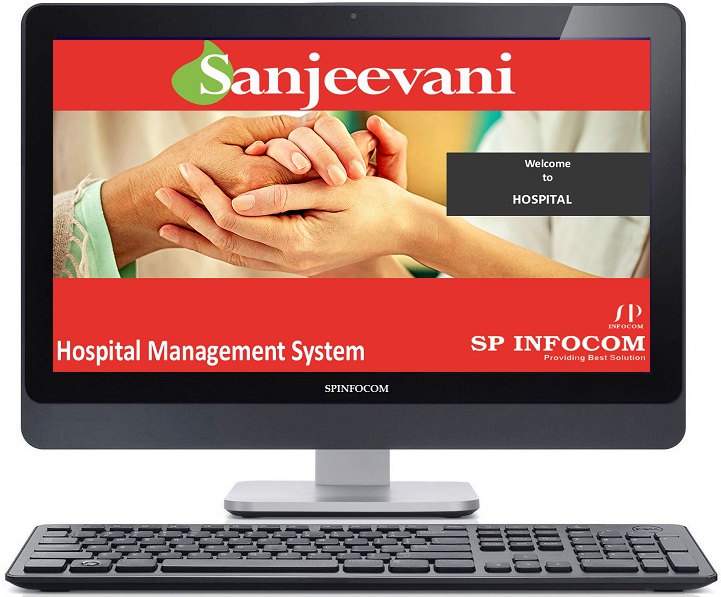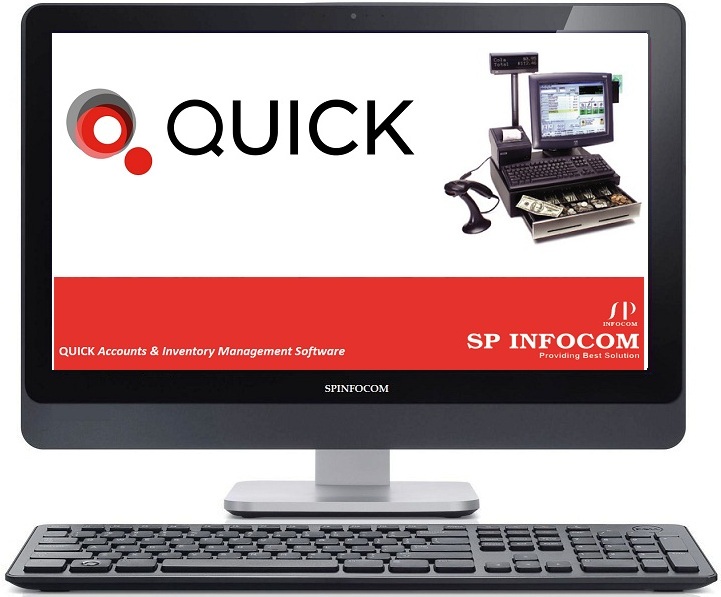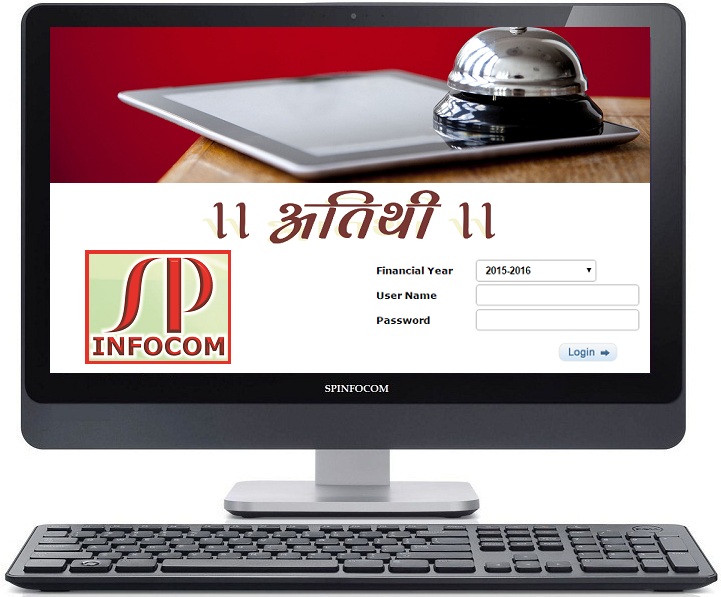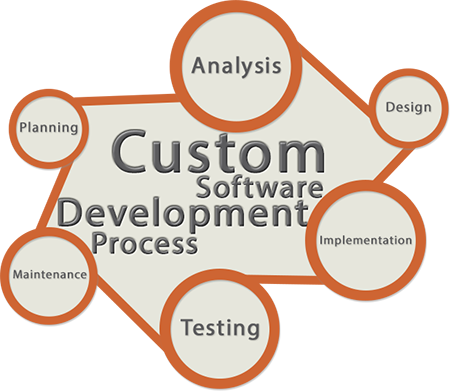Customized Application
Customized Application
We've been listening...we have the customizes solution for you...
Overview
The
usage of software applications development has become imminent for businesses. Even the departmental store nearby would utilize the power of software to increase efficiency in their business operations. Depending on the business requirements, the features and functions of the software vary.
To meet your software requirements, SP Infocom provides you the quality software to meet your business needs. Over the years, we have developed ad provided software that caters to areas such as customer relationship managements, software to keep track of employee performance, inventory management software for businesses, customized accounting software packages, payroll applications software and customer database software and many more.
Our Commitment:
We know and understand our customer's requirements, the sophisticated software security needs, and continuing support that directly impacts the long-term success of the delivered business application. We provide consulting and development maintenance services to address all mission critical essentials.
Requirement definition:
Starting from a general blueprint, we learn and accurately define your business needs and convert them into a technical requirement specification, so that you get exactly what you want in the finished product.
Support and Maintenance:
We ensure the developed software system is up and running efficiently at all times, quickly resolve any problems, and extend additional support to maintain optimal software functionality.
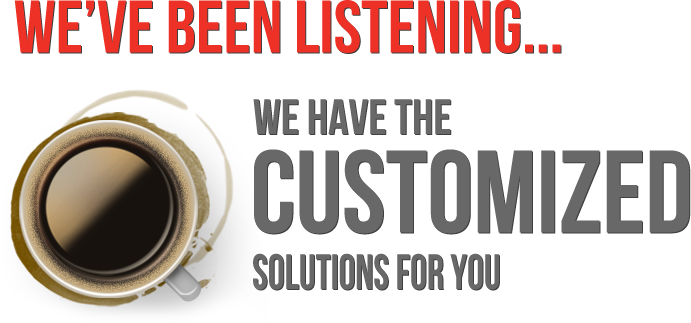
The stages of custom software development
Since the nature of custom software is primarily company specific and not market specific the stages of its development depends on the size of the company and its business. But there are roughly six stages of custom software development:
- Analysis: The development process takes off with the task of analyzing the company, its business model, its strengths and weaknesses, and its requirements. This is an in-depth task that entails lots of meetings and discussions between the company and the development firm to form a common vision.
- Planning: Once everything is in paper to form a background, the planning stage begins in which goals are drawn, timeline is set and work allocation to various teams is conducted.
- Design: The next step is designing the software to project the company’s identity and make it attractive enough to make a positive impact in the market.
- Testing: With the design of the product being completed, it is tested for stability and durability. This is where you find out if further changes are required.
- Implementation: If the product is approved after the tests are done, it is finalized for production.
- Maintenance: This is where you monitor the product to keep track of future need for repairs or updates along the way.
We build it, you rock it
To discuss how our team can help your business achieve true results, please..

